Reviewed by Daniel Murrell, MD
For the last 70 years, doctors have prescribed drugs known as antimicrobial agents to treat infectious diseases.
These are diseases that occur due to microbes, such as bacteria, viruses, and parasites.
Some of these diseases can be life-threatening.
According to the Centers for Disease Control and Prevention (CDC), at least 2 million people become infected with antimicrobial-resistant bacteria in the United States every year. Around 23,000 people die as a result.
In this article, we look at the causes of antimicrobial drug resistance, some specific examples, and other treatment options.
Antibiotic versus antimicrobial resistance
Distinguishing between antibiotic and antimicrobial resistance is important.
Antibiotic resistance refers to bacteria resisting antibiotics.
Antimicrobial resistance (AMR) describes the opposition of any microbe to the drugs that scientists created to kill them.
It is possible for AMR to develop in bacteria, but it can also originate in fungi, parasites, and viruses.
This resistance could affect people with Candida, malaria, HIV, and a wide range of other conditions.
Causes
Microbes can become resistant to drugs for both biological and social reasons.
Microbial behavior , Mutation , Selective pressure , Gene transfer , Phenotypic change
People's behavior
The way in which people use antimicrobial drugs is a significant contributing factor.
Inappropriate use, Agricultural use:Hospital use
The United States Food and Drug Administration (FDA) point out that doctors often give antibiotics as a treatment for a sore throat.
However, only 15 percent of sore throats are due to streptococcal bacteria. In many cases, antibiotics cannot cure a sore throat.
The FDA add that doctors write "tens of millions" of prescriptions for antibiotics that offer no benefit each year.
Antimicrobial resistance can occur in bacteria, viruses, fungi, and parasites.
Below are some examples:
Tuberculosis (TB): This airborne lung disease results from a bacterial infection. TB was a major killer before antibiotics became available.
A person who has TB that is not drug-resistant will require daily treatment with several drugs for 6 to 9 months.
Methicillin-resistant Staphylococcus aureus (MRSA): This is a bacterial infection that can be fatal. People usually get MRSA when they are staying in a hospital.
Gonorrhea: Gonorrhea is a sexually transmitted bacterial infection that is common in the U.S. and elsewhere. Cases of drug-resistant gonorrhea have started to occur.
Escherichia coli (E. coli): This bacterium is a common cause of food-borne disease and urinary tract infections. The rate of antibiotic resistance in E. coli is increasing quickly.
HIV: Effective antiviral treatment for HIV can now prevent this condition from becoming more severe.
Fungal infections: Candida, Aspergillus, and other fungi can lead to a range of severe infections. Candida albicans (C. albicans) is responsible for thrush, a common vaginal infection.
Malaria: Mosquitoes spread this parasitic disease, which killed around 445,000 people worldwide in 2016.
: Preventing microbes from developing resistance to drugs has become as important as treating the illnesses that they cause.
Steps that people can take to help lower the risk of AMR include the following:
Only use antimicrobial drugs when a doctor prescribes them.
Always complete the full prescribed course, even if the symptoms have subsided. If not, the drug may only kill off the most vulnerable microbes, leaving others to survive and develop resistance.
Never share antimicrobials with others or using leftover drugs from previous prescriptions. These medications may not be suitable for different forms of infection.
Do not pressurize doctors into prescribing antimicrobials when they are not necessary.
Follow good hygiene practices to prevent the spread of microbes, including washing hands thoroughly and ensuring that food preparation areas are clean.
Get recommended vaccinations, as this will reduce the risk of needing to take medication.
[ Summary ]
AMR develops when microbes stop responding to the drugs that were previously able to kill them.
Both microbial behavior and the way in which people take antimicrobial drugs are responsible for the increase in AMR.
This resistance could be very dangerous as it could mean that it is no longer possible to treat some infections, which could lead to severe complications or even death.
Scientists are working to develop new treatments to try to counter AMR.
People can help by only using medications according to a doctor's prescription and ensuring that they complete the full course of treatment.
so we have to avoid antibiotic resistance, It is recommended to go to the hospital and do not stop antibiotics when your doctor prescribes antibiotics.
Even if the medicine is left, do not give the medicine to others .
Sponsored ( Powered by dclick )
<세월호참사 특별수사단>설치와 세월호참사 전면재수사
청원에 목소리를 모아주세요.
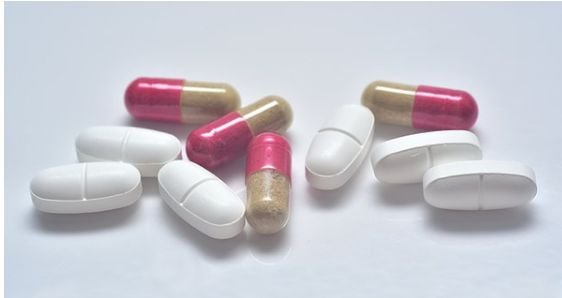
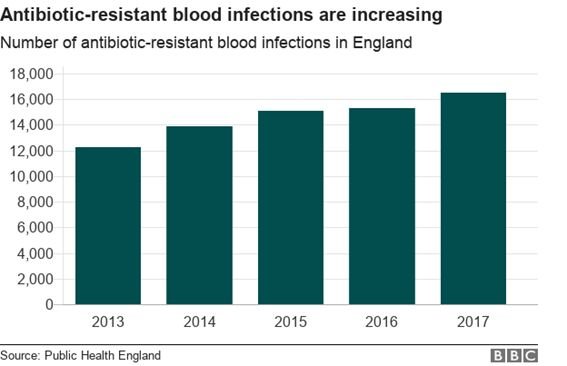
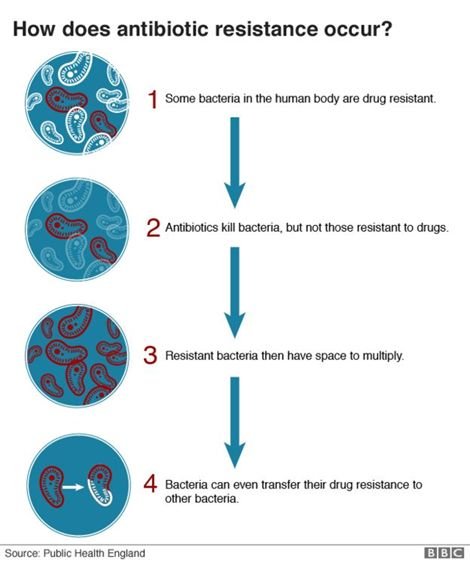
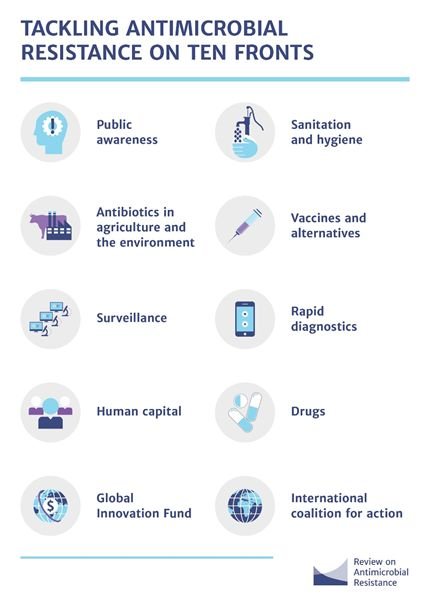
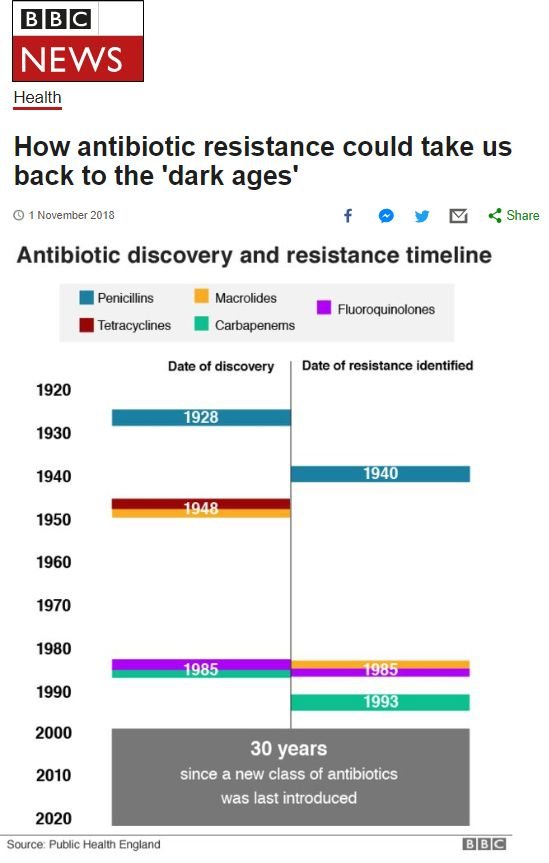
Hi! I am a robot. I just upvoted you! I found similar content that readers might be interested in:
https://www.medicalnewstoday.com/articles/283963.php
yes, I review this article form that site < Reviewed by Daniel Murrell, MD> and search the other journal from BBC news . thank your upvote !!
Congratulations @hyangah107! You have completed the following achievement on the Steem blockchain and have been rewarded with new badge(s) :
You can view your badges on your Steem Board and compare to others on the Steem Ranking
If you no longer want to receive notifications, reply to this comment with the word
STOPVote for @Steemitboard as a witness to get one more award and increased upvotes!
@@ jcar토큰 보팅합니다. 역시 @glroy7님의 신청이에요. ^^
감사합니다!!! 근데 토큰이뭔지... 공부 좀 해야겠어요 ㅠㅠ
Posted using Partiko iOS